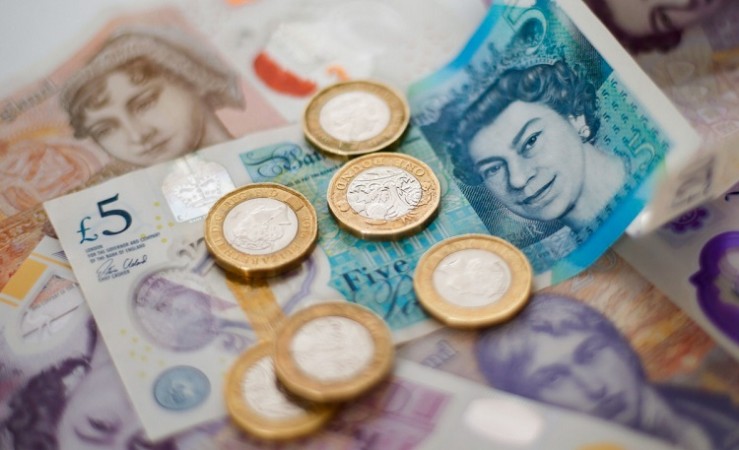
The British pound Sterling fell to a five-week low of $1.2699 against the US dollar on Tuesday, August 6, 2024, marking its lowest point since July 3 this year. While the pound stabilized against the euro after a turbulent previous day, it continued its downward trend against the dollar.
Since peaking at $1.30 in mid-July, the pound has dropped 2.6%. Analysts suggest that traders are adjusting their positions in anticipation of a potential rate cut by the Bank of England. Patrick Ernst, a currency strategist at UBS Global Wealth Management, highlighted that despite fluctuations in other assets like equities, the pound has managed to avoid severe impacts from shifts in rate expectations.
Expectations for Federal Reserve rate cuts have increased, with predictions now suggesting over 100 basis points of easing across three meetings this year. In contrast, the Bank of England is expected to implement less than 50 basis points of cuts. This disparity has put pressure on the pound, particularly amid recent sharp declines in equities. The currency also experienced minor weakening against the euro and yen due to shifts in carry trades and safe-haven flows.
Looking ahead, the pound's long-term prospects hinge on interest rate differentials. Ernst predicts that resistance around $1.30 will persist until the Federal Reserve implements its anticipated cuts, which could lead to a weaker US dollar later in the year.
In Tuesday’s London session, the GBP/USD pair continued to weaken as the US dollar steadied after rebounding from a six-month low. The US Dollar Index (DXY), which measures the greenback’s value against six major currencies, recovered to nearly 103.00.
The outlook for the US dollar remains uncertain due to growing speculation about a possible recession and potential emergency rate cuts by the Federal Reserve. Recent weak economic data, including a rise in the unemployment rate to 4.3% (the highest since November 2021), slower labor demand, and a faster contraction in the Manufacturing Purchasing Managers Index (PMI) in July, have fueled recession fears. However, the US economy expanded at an annualized rate of 2.8% in the second quarter, double the growth rate of the previous quarter.
Additionally, the US Services PMI, which represents two-thirds of the economy, grew at a faster pace in July, reaching 51.4, up from 48.8 in June. This indicates a rebound in the service sector, countering some of the recession concerns.
Recent Updates:
Federal Reserve's Reverse Repo Hits Lowest Level in Over Three Years
Japan's Interest Rate Hike Sends Nikkei Index Plummeting as Global Markets Struggle
Japan's Central Bank Hikes Interest Rates, Plans to Reduce Bond Purchases